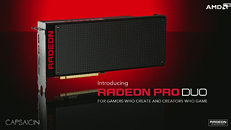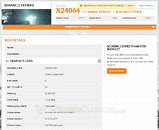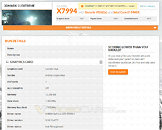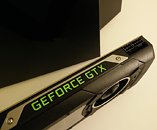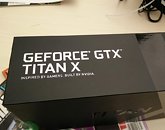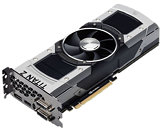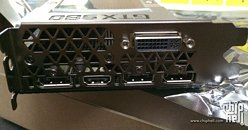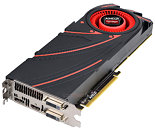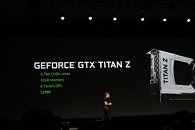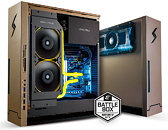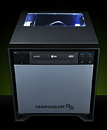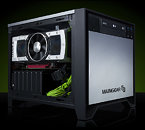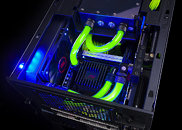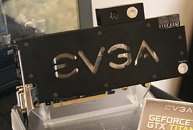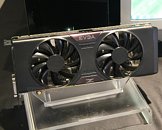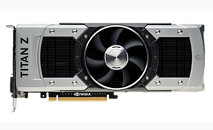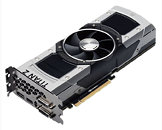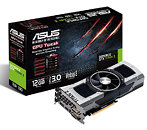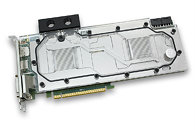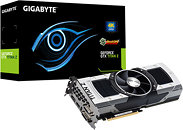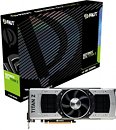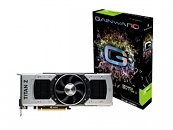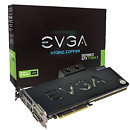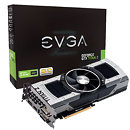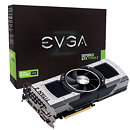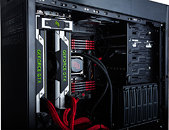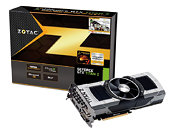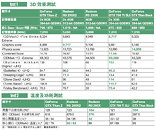
AMD Radeon Pro Duo up to 51 Percent Faster than GeForce GTX TITAN Z
The new AMD Radeon Pro Duo, announced earlier today, takes the crown for being the world's fastest graphics card. According to the company's internal testing, in which it compared the card to its previous-generation flagship Radeon R9 295X2, and NVIDIA's fastest card, the GeForce GTX TITAN Z, on 3DMark FireStrike, at resolutions of 1080p, 1440p, and 2160p; the Pro Duo was found to be as much as 51 percent faster than the GTX TITAN Z. The three cards were tested on a machine with a Core i7-5960X processor, 16 GB of quad-channel DDR4 memory, Windows 10, v15.301 driver for the AMD cards, and GeForce 361.91 drivers for the NVIDIA card.
At 1080p, the Radeon Pro Duo scores 20150 points, compared to 16717 points of the R9 295X2, and 14945 points of the GTX TITAN Z, the Radeon Pro Duo leads the GTX TITAN Z by 34.8 percent in this resolution. At 1440p, the Radeon Pro Duo scores 11466 points, compared to 9250 points for the R9 295X2, and 7740 points of the GTX TITAN Z; the Pro Duo leads the GTX TITAN Z by 48.13 percent. Finally, at the resolution which really matters for this product, 4K Ultra HD, the Radeon Pro Duo scores 6211 points, compared to the 5121 points of the R9 295X2, and 4099 points of the GTX TITAN Z.
At 1080p, the Radeon Pro Duo scores 20150 points, compared to 16717 points of the R9 295X2, and 14945 points of the GTX TITAN Z, the Radeon Pro Duo leads the GTX TITAN Z by 34.8 percent in this resolution. At 1440p, the Radeon Pro Duo scores 11466 points, compared to 9250 points for the R9 295X2, and 7740 points of the GTX TITAN Z; the Pro Duo leads the GTX TITAN Z by 48.13 percent. Finally, at the resolution which really matters for this product, 4K Ultra HD, the Radeon Pro Duo scores 6211 points, compared to the 5121 points of the R9 295X2, and 4099 points of the GTX TITAN Z.
